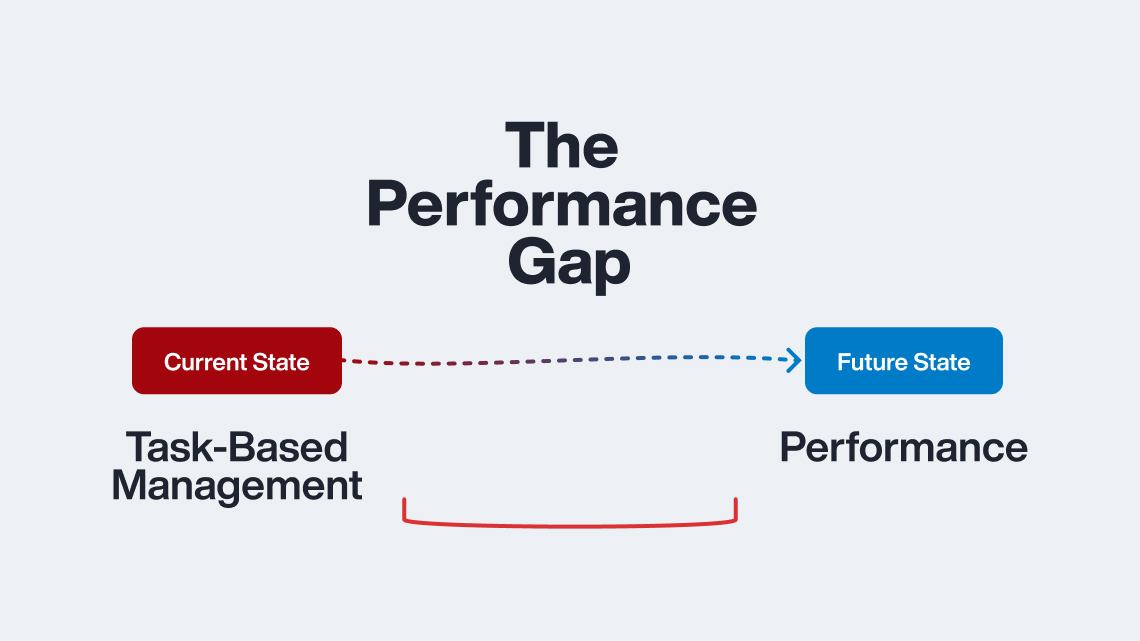Published on August 20th, 2015
By Stephanie Vernon
We had so many questions come in during our recent webinar with Jake Durtschi on Building Profitable Lease Renewal Strategies that we unfortunately couldn’t answer them all during our live event. But here are the responses to some of your questions from Jake himself. Any additional questions? Leave them in the comments and we’ll get back to you!
1. How do you justify to an owner a $750 charge for someone who breaks a lease?
Remember, it is $750 plus days vacant, utilities, lawn care, and marketing. The $750 covers the extra work that goes into unplanned administrative services such as the move-out inspection, marketing, and providing other lease ending services. The resident is also responsible for covering rent until it is released, cover any applicable utilities and lawn care, along with the extra marketing expense incurred by the owner. Some of you also asked about our broken lease policy.
2. Can you discuss any incentives you do in competitive markets for college student rentals?
In my experience, we (property managers) look to price change way too soon! Sometimes, when you lower rent or offer incentives it attracts bad resident behavior. Before offering any incentives, take a hard look at the unit. Is it clean? How does it smell? Are there repairs that would make it show better? Is there trash around the entry? We call this a vacancy assessment.
Would you live there? If not why? If everything looks awesome, start looking at incentives such as $100 at move-in, half a month off, property upgrades, etc. I’ve seen a community do a “Look and Lease” special. If you lease it out within 24 hours of the renter first seeing it, they get $100 off. Depending on the property, you might see greater success with overall rent reduction rather than the incentive. Also consider “unbundling” services. This means you charge $500 for rent and an additional $125 for water, $32 for garbage, and $8 for sewer (depending on charges). We typically see a 25% to 30% increase in rent revenue while still charging the lower rent. There are many factors to figure in such as property, your software, local laws, and the way utilities are set up.
3. Why don’t you want month-to-month leases?
If you have several month-to-month leases, you increase the risk of lost revenue. For example, if you have a 100 unit portfolio and everyone is on a month-to-month lease, what happens when a new property is built across the street, and they lower rent to entice all your residents? This is an extreme example and a full exodus has a very low likelihood, but it demonstrates the problem with month-to-month leases.
You don’t want to have 10% of your residents move out during the lull in your market. For Idaho, this is during our winter months. You will see an increase in vacancy days because it will be hard to fill those units.
4. How do you get leases to end at different times?
Instead of arbitrarily saying this is a 6 month lease or a 12 month lease, set a lease begin date and a lease end date. As far as I know, this should be legal in all states, but talk with your attorney to confirm.
5. How do you determine market rent?
Do a comparable market analysis. IREM provides some tools to do a very formal version, or you can do something a little less formal.
a. Zillow, Trulia, Craigslist or any other property listing sites
b. Call on yard signs that are near the area of your property
c. Call other apartment communities that are similar to yours
d. Look at factors such as consumer price index (CPI) and unemployment rates as indications on market rent adjustment
6. What is a lease renewal plan? What does it look like?
A lease renewal plan means that you have a system in place for renewing leases. It should include:
a. The person in charge. Who is accountable to execute the renewal plan?
b. What do you want? A lease end-date targeting system. Lease end dates should coordinate with market fluctuations in prospective renters. I find a chart for a person doing the leasing and renewals to be very helpful. The chart would say 1 lease for February, 5 for March, 3 for June according to your lease targeting chart. This makes it very simple to target lease end dates.
c. A system for outreaching to leases about to expire. Usually it will include a letter that goes out approximately 60 days prior to the lease end date, a phone call, or another request at 30 days with some sort of notification of rent increase or other response.
d. A lease renewal form. (I like options because residents like options. Options = Revenue.) For example, you may say would you like to choose a lease end date in February for $1000/mo, June for $900/mo, or August for $850/mo.
e. Evaluation. How will you know what is successful? You can use tools such as “number of month-to-month leases,” “full compliance with lease targeting chart,” or other key performance indicators on what success is.
This is over simplified, but it gives the idea. The point is, it needs to be systematized, simple, repeatable, and able to evaluate.
7. Do you reduce the rent if they choose to do an 18-month agreement?
Not typically.
8. Do you recommend leases that automatically renew? Why or why not?
Our current lease does not auto renew, but I think we are going to change it to an auto-renewing lease. The simple answer as to why: if it automatically renews, it is the tenant’s responsibility to contact you. If it does not auto renew, it is the responsibility of the property manager to contact the resident. I think most PMs have experienced how difficult it can be to contact a resident if they don’t want to be reached.
I’d also recommend an auto renew that has an automatic escalator in rental rate to help minimize loss to lease. It would be easy to give a 3% auto rent increase at end of the lease. Again, talk to your attorney (especially if you are from CA) because rent increase rules vary from state to state and building to building.
9. Do you have leases other than 12 months?
Yes. Target your lease end dates to fit in your renewal plan for maximizing occupancy and minimizing turnover.
10. To get lease renewals in line with market demand (summer months) do you recommend customizing certain leases to line them up better for summer months? For instance, 11 month, or 13 month, etc.
Yes.
11. Do you charge an up charge on leases under 12 months?
I like to think of it as different options. If you want a 3-5 month lease, it is $1000/mo. If you need a 6-11 month lease, the lease is $900. If you want a 12+ month lease, etc.
12. Do you believe it is more cost effective to sign lease renewals vs. automatically going month-to-month after 1 year?
It is much more profitable for the owner. Turnover is typically an owner’s greatest expense.
13. Do you recommend offering incentives for renewals?
Only if you need to. If you have a less than 3% vacancy rate, I wouldn’t recommend anything beyond a movie pass or something minor for a renewal. Often, lease renewals need follow-up and hard work. Don’t be too quick to throw money at something that just needs persistence. Nevertheless, some markets demand incentives. Try to find ways that improve the value of the unit (ceiling fan or other property upgrade) rather than money.
14. Are there resources for managing corporate rentals?
We don’t manage corporate rentals.
15. Do you recommend paying employees lease renewal bonus/commission? If so, how much per renewal?
This depends on your company culture. There is a ton of research on incentives and whether they work. I think incentives can be perceived as insulting. I don’t like some of the company cultural impact created when team members are given carrots, but tons of people disagree, and the general culture of the multifamily world includes lots of incentive pay. We have incentive systems in our company, but I have my doubts of the long-term effects. Here’s an article: http://www.businessinsider.com/why-incentives-dont-actually-make-people-do-better-work-2014-3.
16. We are in a university town and driven by the university calendar. How do you apply this?
I am guessing you are looking at 100% turnover per year. If that is correct, you want people to come back year after year. Lease targeting would not apply at all, but customer service and retention could be extremely applicable. Having return students could save on marketing and increase occupancy. This is especially true during high vacancy markets. I would target previous residents and even incentivize the well-qualified residents to return. Customer service surveys will help you improve that further.
17. What tips do you have to lower the number of broken leases?
Better tenant screening. Follow all terms of the lease all the time. When you break some rules it creates an unstated expectation that all rules can be broken when they are inconvenient.
Jake was kind enough to make his resources available here: http://jacobgrant.com/welcome-appfolio-attendees/.
Our next webinar, It’s a Numbers Game: How to Qualify Your Leads takes place September 3rd.








Comments by Stephanie Vernon